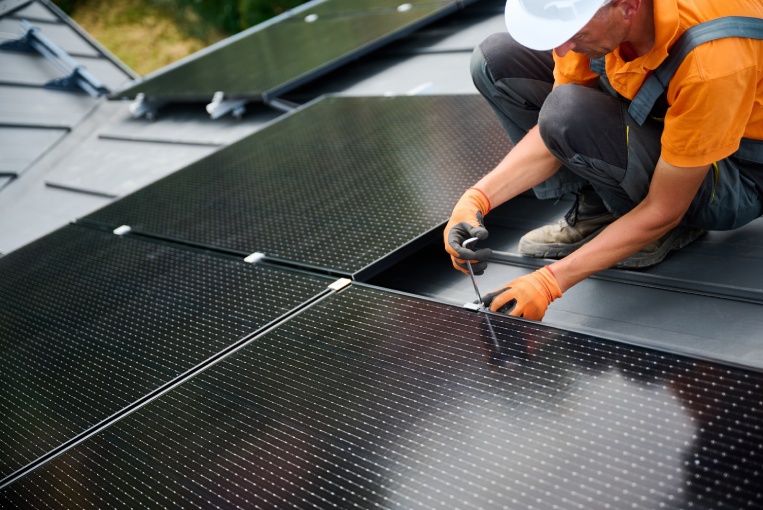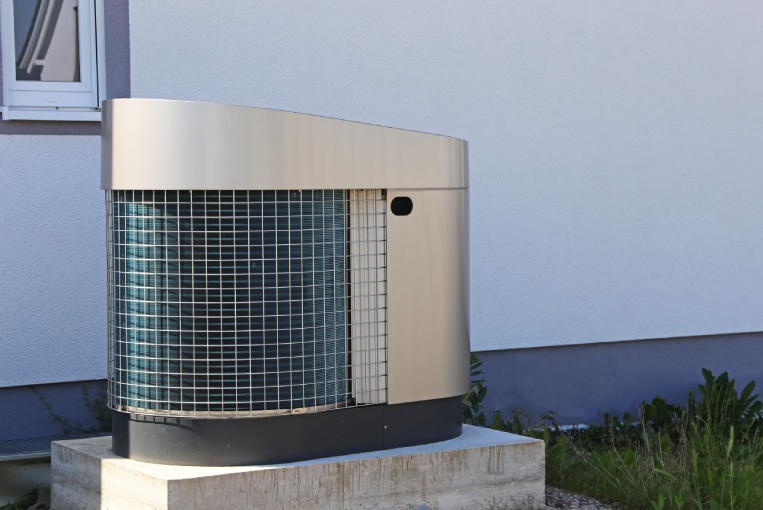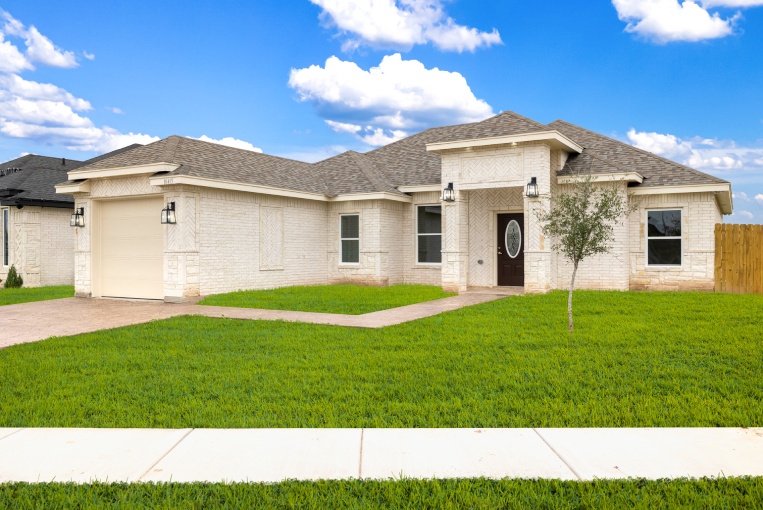Optimizing Your RGV Home Design with Renewable Energy
In the Rio Grande Valley (RGV), where the sun shines bright and the community thrives on innovation, homeowners are increasingly turning to renewable energy to augment their custom home designs. With growing concerns about climate change, environmental sustainability, and the rising costs of traditional energy sources, adopting renewable energy solutions has become more important than ever.
For RGV residents, the region’s natural assets—abundant sunshine, steady winds, and geothermal potential—offer a fantastic opportunity to build homes that are not just sustainable but also cost-effective over time. By integrating renewable energy sources like solar panels, wind turbines, and geothermal systems, new home buyers can noticeably reduce their environmental footprint while enjoying long-term savings on energy bills.
Understanding Renewable Energy Sources for RGV Custom Home Designs
Renewable energy comes from natural resources or processes that are continually replenished, making it a sustainable choice for powering our homes. As far as residential use, the most popular renewable energy sources are solar power, wind energy, and geothermal systems.
Each of these options has its own set of benefits and installation needs, so it’s important to carefully consider your property’s characteristics and personal energy goals to find the best fit.
Solar Power: Capturing the Sun’s Potential

Solar power is perhaps the most accessible and popular form of renewable energy for homeowners. It involves the use of photovoltaic (PV) panels or solar shingles that capture sunlight and convert it into electricity.
The RGV’s abundant sunlight year-round makes solar power an especially viable option.
Advantages of Solar Power
- Cost savings: Once installed, solar panels can appreciably reduce electricity bills. Depending on the system size and energy consumption, you may even be able to eliminate your electricity bills altogether.
- Low maintenance: Solar panels require minimal maintenance. Most systems come with warranties that cover several years, and the panels themselves are designed to withstand various weather conditions.
- Incentives and rebates: Federal and state incentives can significantly reduce the cost of installing solar panels. Federal tax credits may cover up to 30% of the installation costs, making solar power more affordable for many homeowners.
Cons of Solar Power
- Initial investment: While the long-term savings are considerable, the upfront costs of solar panels can be high. Fortunately, financing options such as solar leasing and power purchase agreements (PPAs) can help lower these initial costs.
- Space and placement: Optimal solar energy production requires ample roof or ground space with unobstructed sunlight. Trees, other buildings, or any form of shading can impact the efficiency of solar panels.
- Intermittency: Solar power is dependent on sunlight, which means it does not produce electricity at night or during cloudy days. You may need to consider battery storage or remain connected to the grid for a continuous power supply.
Wind Energy: Capturing the Breeze

Wind energy involves the use of wind turbines to convert wind flow into electricity. This option is less common in residential areas but can be effective for properties with lots of space and consistent wind patterns.
Advantages of Wind Energy
- Continuous power generation: Unlike solar power, wind turbines can generate electricity at any time of the day or night, as long as there is wind.
- Reduced electricity costs: Wind energy can reduce or even eliminate electricity bills for homes in areas with sufficient wind.
Cons of Wind Energy
- Space requirements: Wind turbines require much more space than solar panels, making them more suitable for larger properties.
- Visual and noise impact: Some homeowners may find the appearance and noise of wind turbines undesirable. Also, local zoning laws may restrict their use in certain residential areas.
- Variable wind speeds: Consistent wind speeds are important for effective wind energy production. Homes in areas with variable or low wind speeds may not benefit as much from this renewable energy source.
Geothermal Energy: Tapping into the Earth’s Heat

Geothermal energy uses the Earth’s natural heat to provide heating and cooling through a ground-source heat pump. This technology involves installing a system of pipes underground that circulates fluid to absorb and release heat as needed.
Advantages of Geothermal Energy
- Energy efficiency: Geothermal systems are highly efficient, providing up to four times the amount of energy they consume.
- Consistent energy supply: Unlike solar and wind energy, geothermal energy is not dependent on weather conditions, providing a reliable and constant energy source.
- Long-term savings: Although geothermal systems can be costly to install, they often lead to savings on heating and cooling bills over time.
Cons of Geothermal Energy
- High initial costs: The installation of geothermal systems requires specialized drilling and an upfront investment. However, federal and state incentives can help reduce these costs.
- Land requirements: While the visible footprint of geothermal systems is small, they do require adequate land for the underground piping system.
Incentives and Rebates: Making Renewable Energy Affordable
Incorporating renewable energy systems when building your custom home can come with substantial upfront costs, but several incentives and rebates can reduce these expenses. The federal government offers a tax credit for a percentage of the installation costs of solar, wind, and geothermal systems. Also, Texas provides additional rebates, grants, and low-interest loans to encourage homeowners to switch to renewable energy.
To maximize these savings, you should thoroughly research available incentives and consult with local energy providers or contractors who specialize in renewable energy systems. By taking advantage of these financial incentives, the return on investment for renewable energy systems can be realized much sooner, making the switch to renewable energy both an environmentally and financially sound decision.
Net Metering: Turning Excess Energy into Savings
One of the important benefits of installing renewable energy systems is the ability to participate in net metering programs. Net metering allows you to sell excess energy generated by your renewable systems back to the grid, giving you credits or payments in return. This not only helps offset your electricity costs but also contributes to a more stable and resilient energy grid by diversifying the energy supply.
In Texas, for instance, several utility companies, like Austin Energy and Green Mountain Energy, offer favorable net metering programs, which can boost the financial benefits of installing renewable energy systems.
Build a Sustainable Future with Your RGV Custom Home
Incorporating renewable energy into your RGV custom home design is not just a wise financial choice—it’s a commitment to sustainability and a brighter future. By comparing various renewable energy options, you can make decisions that align with your energy needs, environmental values, and budget.
Whether you choose solar panels, wind turbines, or a geothermal system, integrating renewable energy offers benefits like reduced energy costs and increased property value. With available federal and state incentives and net metering programs, now is the perfect time to invest in renewable energy for your home.
Ready to make your custom home sustainable? Let Villanueva Construction guide you through the process, offering expert advice and top-quality craftsmanship to bring your vision to life. Contact us today to start your journey toward a greener, more energy-efficient home in the beautiful Rio Grande Valley.


